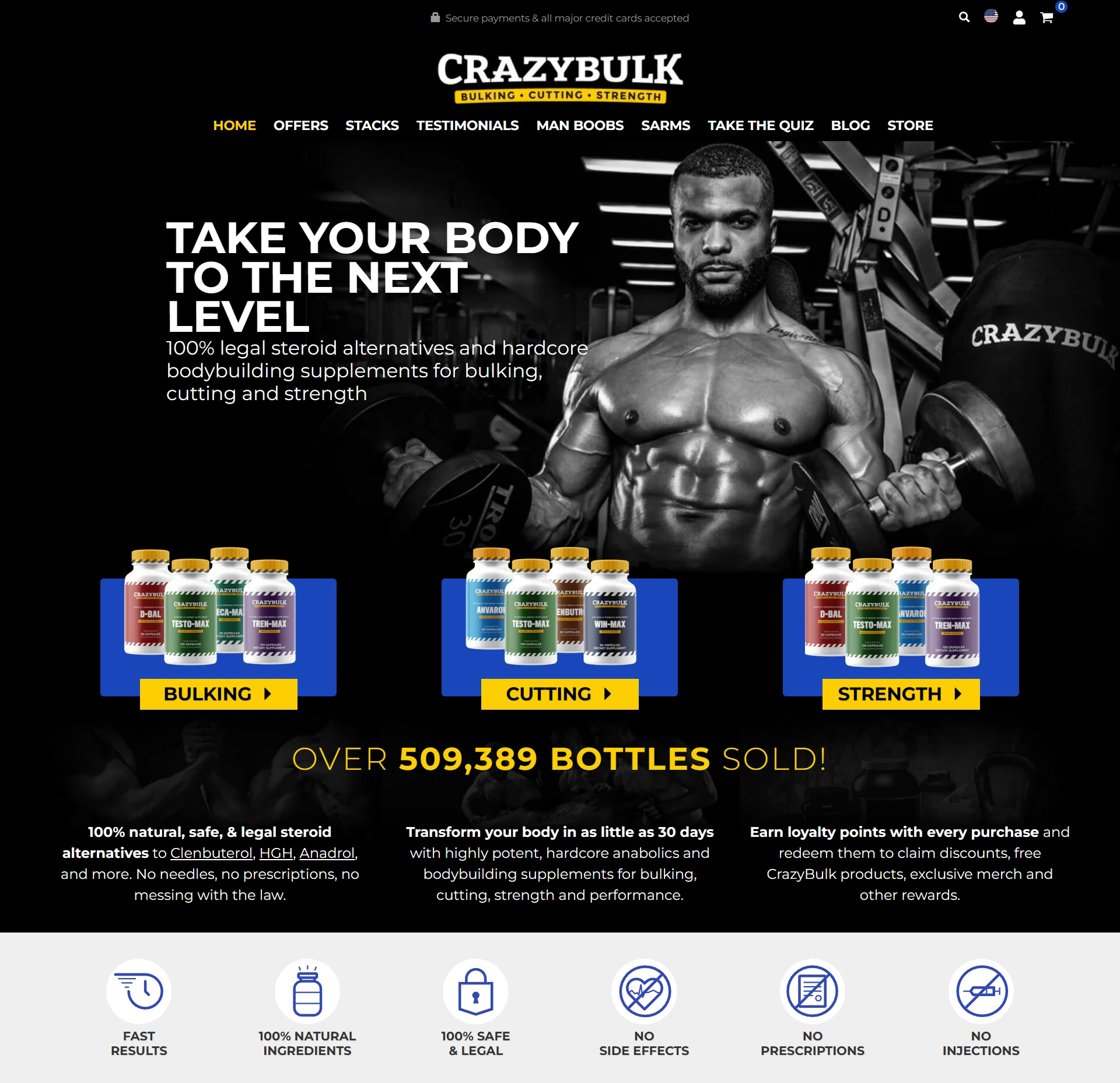
clitoral growth on testosterone
Add a reviewOverview
-
Sectors Accountancy
-
Posted Jobs 0
Company Description
Testosterone Replacement Therapy Department of Urology

Testosterone therapy: Potential benefits and risks as you age
Congestive heart failure.Men with severe congestive heart failure should generally not take testosterone replacement, as it can worsen the condition. A nurse or technician may give you testosterone as a shot directly into a muscle. You’ll be shown which body parts you can use for the injection site, as they need to be rotated. Apply this patch by pushing it against your gums and to the left or right of your front teeth. Keep it in place by pushing on it from the outside of your mouth as well.
This means that the dosage you receive through injections might be different from what you would need with a patch or gel. Stress is another lifestyle factor that can affect your TRT dosage. When you are stressed, your body produces more cortisol, which is a hormone that can lower testosterone levels. Chronic stress can lead to low testosterone levels, even if you are on TRT. One of the most effective ways to manage side effects from TRT is through dosage adjustments. If side effects appear, it is important to talk to your healthcare provider before making any changes on your own. They can adjust the dosage in small increments to see if the side effects decrease while maintaining the benefits of the therapy.
You basically had to break my arm to get me to do it, but I feel much better. My worst days now are not anywhere near what my worst days used to be. I experienced my first panic attack in early 2023, a few months after I had left my job and started my own business. I figured the panic attacks would go away once I got into the swing of working for myself but that didn’t happen. I would break down at night no matter what happened during the day. Contact your provider to discuss your symptoms—they may recommend adjusting your dose, switching the delivery method, or adding supportive therapies. We’ll walk through both the common and less typical side effects of TRT, what to expect, and how to manage them safely with proper medical support.
Regular monitoring and adjustments are crucial for long-term success in managing testosterone levels. Like any medical treatment, testosterone replacement therapy (TRT) can come with side effects—especially as your body adjusts to new hormone levels. While most of these effects are manageable and often temporary, it’s important to recognize what’s normal and when to check in with your healthcare provider.
By carefully weighing the pros and cons, you can make an informed decision that best supports your health. A normal range of testosterone for men is anywhere from 300 to 1,000 nanograms per deciliter (ng/dL). But not everyone has symptoms at the same testosterone levels. Others may not have symptoms until their level is at 150 or even 100. Testosterone levels are highest in men around age 17 and drop as they age, starting between ages 30 and 40.
Testosterone declines by 1% per year, 10% per decade starting at age 30 years in all men. You may feel more energetic, less depressed, and have a higher sex drive. You might also notice you gain more muscle mass and lose body fat.
Single-use packets containing 50mg of testosterone in 5g of alcohol-based gel OR metered-dose pump which dispenses 12.5mg of testosterone in 1.25g of alcohol-based gel per pump. The usual starting dose is 1 packet or 4 pumps daily (about the size of 2 quarters) applied to the shoulders, upper arms, and abdomen. These guidelines recommend regular monitoring of hematocrit and adjusting testosterone therapy if levels rise. However, they also acknowledge that a direct causal link to thrombotic events remains unproven. Ultimately, the best TRT dosage for you will depend on your individual lifestyle.
But since I found a strip-mall TRT provider, I’ve never felt stronger. Many men see initial test eq cycle results [neukoelln-online.de] within 3 to 6 weeks, with ongoing improvements over months. By Sherry ChristiansenChristiansen is a medical writer with a healthcare background. She has worked in the hospital setting and collaborated on Alzheimer’s research. Use of TRT for those with hypogonadism has been shown to be effective and generally safe, but additional clinical research data is needed to fully establish long-term safety. If you stop TRT, the symptoms of low T usually come back, so you may have to stay on the drug for life – unless you decide you don’t want to be treated anymore.

